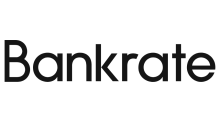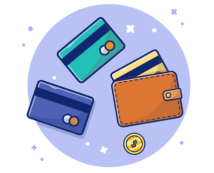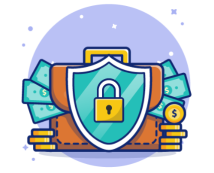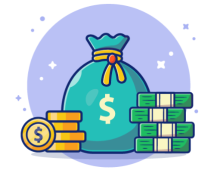4 Simple Tips to Pay off Your Credit Card Bill
Joy Wallet is advertiser-supported: we may earn compensation from the products and offers mentioned in this article. However, any expressed opinions are our own and aren't influenced by compensation. To read our full disclosure, click here.
1. Use your savings
- Get as much as $100,000 with rates starting at 5.95% APR*
- Use a personal loan to pay off debt, renovate your home, family needs, and more
- Takes minutes to see how much you can get
- Doesn't hurt your credit score to check
2. Get a personal loan
3. Save on insurance
- Determine what kinds of auto insurance you may want or need.
- Know what level of coverage you want, such as $25,000 in property damage vs. $100,000.
- Learn the average cost of $138 per month, based on good drivers with the “typical” level of coverage.
- You don’t fill out forms. Savvy does this by using your existing insurance information.
- You pay in one step, with Savvy coordinating enrolling your new insurance and cancelling your old one for the same date.
- Bank-grade encryption is used.
- Get as much as $100,000 with rates starting at 5.95% APR*
- Use a personal loan to pay off debt, renovate your home, family needs, and more
- Takes minutes to see how much you can get
- Doesn't hurt your credit score to check
4. Get a side job
Joy Wallet is an independent publisher and comparison service, not an investment advisor, financial advisor, loan broker, insurance producer, or insurance broker. Its articles, interactive tools and other content are provided to you for free, as self-help tools and for informational purposes only. They are not intended to provide investment advice. Joy Wallet does not and cannot guarantee the accuracy or applicability of any information in regard to your individual circumstances. We encourage you to seek personalized advice from qualified professionals regarding specific investment issues. Featured estimates are based on past market performance, and past performance is not a guarantee of future performance.
Our site doesn’t feature every company or financial product available on the market. We are compensated by our partners, which may influence which products we review and write about (and where those products appear on our site), but it in no way affects our recommendations or advice. Our editorials are grounded on independent research. Our partners cannot pay us to guarantee favorable reviews of their products or services.
We value your privacy. We work with trusted partners to provide relevant advertising based on information about your use of Joy Wallet’s and third-party websites and applications. This includes, but is not limited to, sharing information about your web browsing activities with Meta (Facebook) and Google. All of the web browsing information that is shared is anonymized. To learn more, click on our Privacy Policy link.
Aaron Crowe is a freelance journalist who specializes in personal finance writing and editing. He has worked at newspapers, where he won a Pulitzer Prize, and has written for numerous online publications. These include AOL, US News & World Report, WiseBread, Bankrate, AARP, and many websites focusing on housing, credit and insurance. He lives in California with his wife and daughter.









